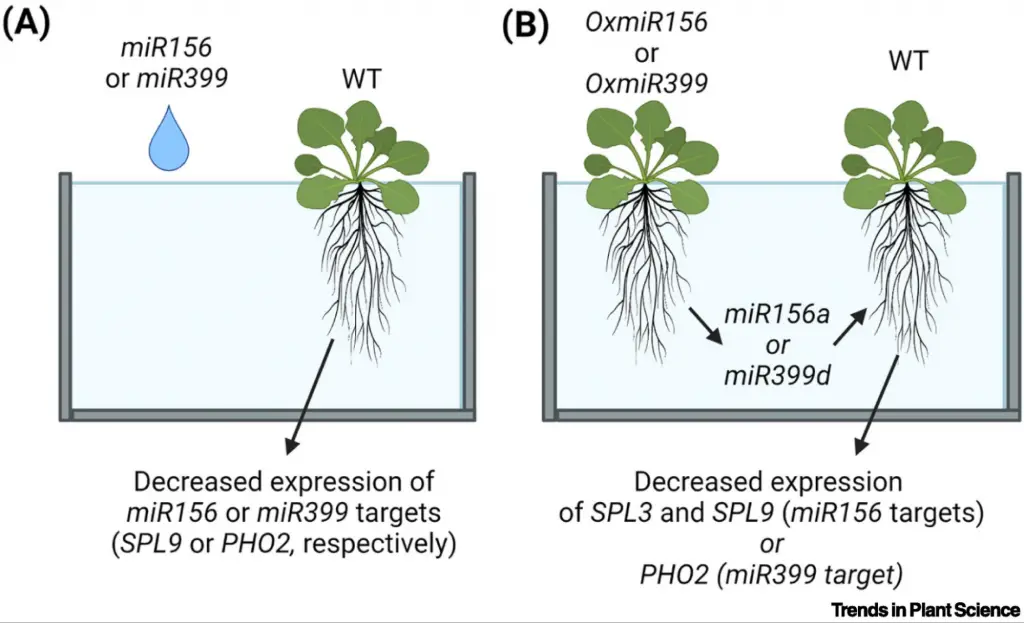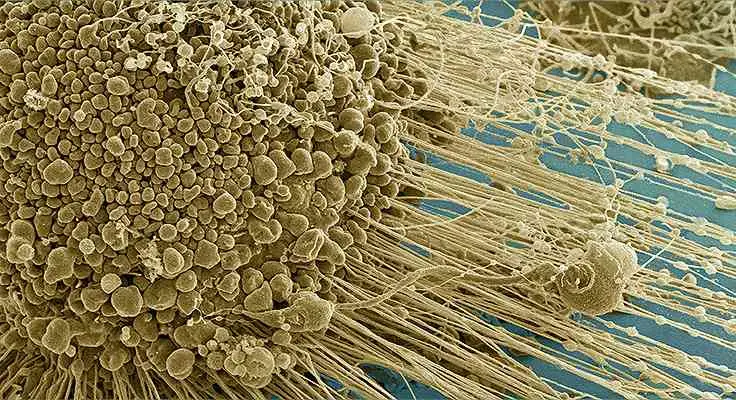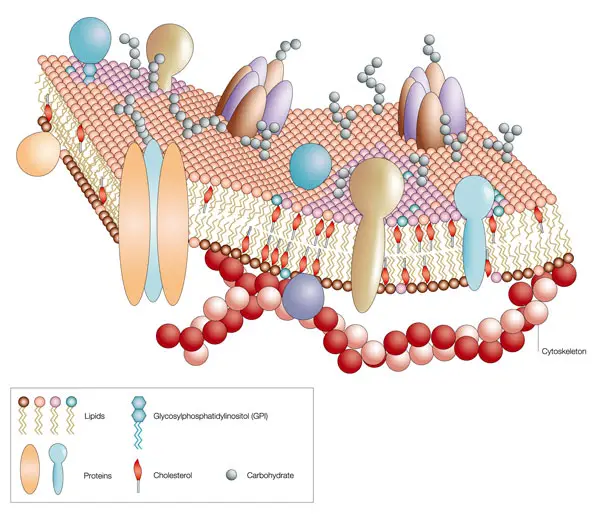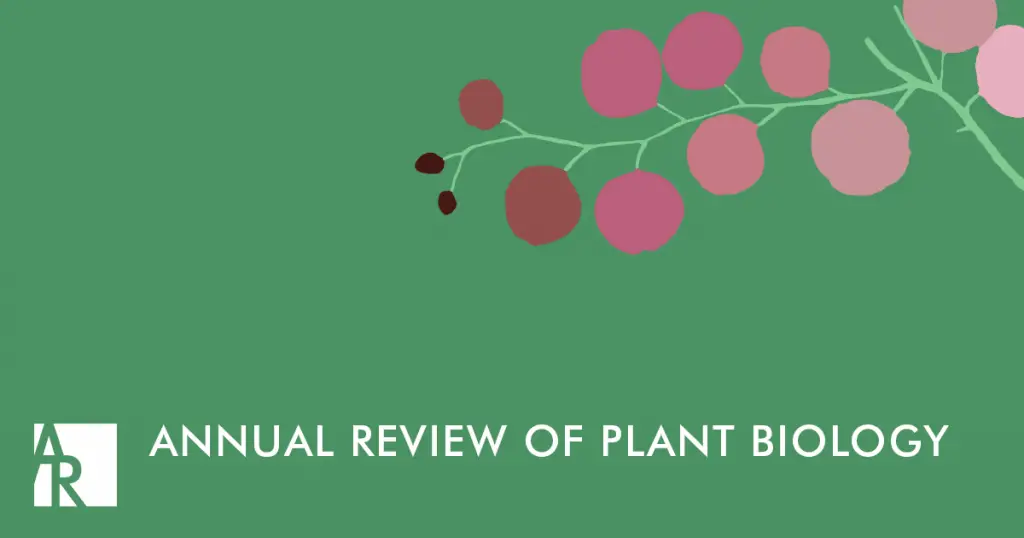Are you looking to publish your cell biology research? Discover the High Impact Factor Journals in Cell Biology
In the expansive world of academic research, finding the right platform for your work is a challenge.
If you are in cell biology, a field that continues to expand and revolutionize our understanding of life, high Impact Factor (IF) journals represent prestigious platforms that drive progress.
Table of Contents
Overview
Impact Factor, defined by the Institute for Scientific Information, is a measure of the frequency an average article in a journal is cited during the last two years.
It serves as a proxy for the relative importance of a journal within its field. High IF journals, specifically in cell biology, are often seen as a beacon of scientific relevance, boasting rigorous peer-review processes and publishing groundbreaking research.
With rapid advances in techniques such as single-cell sequencing, CRISPR-Cas9 gene editing, and high-resolution microscopy, it’s an exciting time in cell science.
Journals with high IFs are vital to the propagation of these innovations. They showcase exemplary work that contributes to our collective knowledge and shapes future research directions.
Let’s dive in!
Top High Impact Factor Journals in Cell Biology:
#20. Plant Communications
Summary
- Impact Factor: 10.69 (Scijournal)
- Journal Focus: Research articles on plant biology, including cell biology, physiology, and ecology.
- Publisher: Cell Press
- Publication fee: $2750
Plant Communications serves as an essential avenue for research in plant biology, encompassing various disciplines, including cell biology.
The journal’s publications on plant immune responses and symbiotic interactions have advanced our understanding of plant-microbe interactions and plant defense mechanisms.
#19. Cell Death and Differentiation
Summary
- Impact Factor: 12.073 (SciJournal)
- Journal Focus: Cutting-edge research on cell death mechanisms and their role in development and disease.
- Publisher: Nature Portfolio
- Publication fee: $251 per page
As a leading journal in the field of cell death research, Cell Death and Differentiation has played a pivotal role in advancing our understanding of programmed cell death pathways.
Such research holds profound implications for various diseases and therapeutic strategies.
#18. Protein and Cell
Summary
- Impact Factor: 15.328 (SciJournal)
- Journal Focus: Research at the interface of protein science and cell biology.
- Publisher: Oxford University Press
- Publication fee: $2500
Protein and Cell serves as a unique bridge between the fields of protein science and cell biology.
Its publications on protein-protein interactions and cellular signaling have provided valuable insights into the molecular basis of cell function and have informed drug discovery efforts.
#17. Journal of Extracellular Vesicles

Summary
- Impact Factor: 17.337 (SciJournal)
- Journal Focus: Research on extracellular vesicles and their role in intercellular communication.
- Publisher: Wiley
- Publication fee: $4200
The Journal of Extracellular Vesicles serves as a prominent platform for research in the emerging field of extracellular vesicles.
The journal’s contributions to exosome-mediated signaling and biomarker discovery have significant implications for understanding cell-cell communication and potential diagnostic and therapeutic applications.
#16. Genome Biology
Summary
- Impact Factor: 18.01 (SciJournal)
- Journal Focus: Cutting-edge research on genomics, genetics, and post-genomics studies.
- Publisher: BioMed Central
- Publication fee: $5290
Genome Biology’s emphasis on genomics and postgenomics research has far-reaching implications for personalized medicine and precision therapies.
The journal’s publications on epigenetic regulation have opened new avenues of inquiry, influencing the treatment of various diseases.
#15. Nature Metabolism
Summary
- Impact Factor: 19.89 (SciJournal)
- Journal Focus: Leading research on cellular metabolism and its impact on human health.
- Publisher: Nature Publishing Group
- Publication fee: $11,690
Nature Metabolism’s focus on cellular metabolism has proven critical for advancing our understanding of metabolic diseases, such as cancer.
By publishing groundbreaking research on metabolic reprogramming, the journal has catalyzed efforts to target cellular metabolism for therapeutic interventions.
#14. Molecular Cell
Summary
- Impact Factor: 19.328 (SciJournal)
- Journal Focus: In-depth investigations into molecular and cellular processes.
- Publisher: Elsevier
- Publication fee: $200-$10,000
Molecular Cell’s dedication to exploring molecular and cellular mechanisms has led to breakthroughs in signal transduction and gene regulation.
Its work impacts diverse areas of biology, ranging from basic cell biology to human health and disease.
#13. Trends in Cell Biology
Summary
- Impact Factor: 21.167 (SciJournal)
- Journal Focus: Providing insightful reviews on emerging trends and developments in cell biology.
- Publisher: Elsevier
- Publication fee: $200-$10,000
Trends in Cell Biology plays a pivotal role in guiding researchers towards novel areas of study.
Its reviews on single-cell technologies have driven innovations in understanding cellular heterogeneity, while organelle biology reviews have shed light on cellular compartmentalization.
Source: https://www.sciencedirect.com
#12. Developmental Cell
Summary
- Impact Factor: 13.417 (SciJournal)
- Journal Focus: Cutting-edge research on the molecular mechanisms underlying cell development and differentiation.
- Publisher: Elsevier
- Publication fee: $3690
Despite its lower Impact Factor, Developmental Cell has significant influence due to its niche focus on cell development and differentiation.
The journal’s contributions to stem cell research and organogenesis have led to profound advancements in developmental biology.
#11. Annual Review of Plant Biology
Summary
- Impact Factor: 28.31 (SciJournal)
- Journal Focus: Comprehensive reviews covering various aspects of plant biology, including cell biology.
- Publisher: Annual Reviews
- Publication fee: $4,276-$32,396
The Annual Review of Plant Biology plays a pivotal role in guiding policy and funding decisions in the field of plant cell biology.
Its extensive and authoritative reviews provide a solid foundation for researchers and policymakers alike, shaping the future of plant biology research.
#10. Nature Cell Biology
Summary
- Impact Factor: 28.213 (SciJournal)
- Journal Focus: Covers a broad range of topics within cell biology, including cellular physiology, and cell structure and function.
- Publisher: Nature Publishing Group
- Publication fee: $11,690
Due to its high IF, work published in Nature Cell Biology often sets the tone for future research, affecting funding directions and policy-making.
The journal’s contribution to our understanding of cell signaling and communication is an apt illustration of its impact on the field.
#9. Nature Microbiology
Summary
- Impact Factor: 30.964 (SciJournal)
- Journal Focus: Research in the field of microbiology, including cellular microbiology.
- Publisher: Nature Publishing Group
- Publication fee: $11,390
As a high-impact journal, Nature Microbiology publishes pivotal research that significantly influences the trajectory of microbiology, particularly cellular microbiology.
The journal’s papers on microbial interactions and the human microbiome have spurred vast research and policy initiatives.
#8. Cell Metabolism
Summary
- Impact Factor: 31.373 (SciJournal)
- Journal Focus: Interdisciplinary research on metabolic processes at the cellular level.
- Publisher: Elsevier
- Publication fee: $200-$10,000
With its high IF, Cell Metabolism has substantial sway over funding and policy directions in cellular metabolism research. The journal’s publications on the Warburg effect—a fundamental concept in cancer metabolism—have been particularly influential.
#7. Cell Stem Cell
Summary
- Impact Factor: 25.421 (SciJournal)
- Journal Focus: Cutting-edge research in pluripotent stem cell biology, stem cell therapies, and regenerative medicine.
- Publisher: Elsevier
- Publication fee: $200-$10,000
Cell Stem Cell is a powerhouse in the realm of stem cell biology and regenerative medicine, publishing transformative research that often directs the course of the field.
The journal’s articles on iPSCs, for example, have made significant contributions to our understanding of disease mechanisms and potential treatments.
#6. Cell Discovery
Summary
- Impact Factor: 38.09 (SciJournal)
- Journal Focus: Original research articles and reviews in various aspects of cell biology.
- Publisher: Nature Publishing Group
- Publication fee: $2790
Cell Discovery stands as a prestigious journal that fosters novel research in cell biology.
With its broad scope, it has been instrumental in shedding light on new signaling pathways and unraveling the intricate mechanisms of cellular homeostasis, providing critical insights for therapeutic interventions.
#5. Cell Research
Summary
- Impact Factor: 46.351 (SciJournal)
- Journal Focus: Original research results in cell biology, molecular biology, and related fields.
- Publisher: Nature Publishing Group
- Publication fee: $11,690
Cell Research consistently publishes influential papers that have far-reaching implications for both academic research and biotechnological applications.
For instance, its articles on cell differentiation and development have significantly advanced our understanding of these processes and have influenced related policies.
#4. Nature Methods
Summary
- Impact Factor: 47.99 (SciJournal)
- Journal Focus: Methodological advancements in life sciences, including cell biology techniques.
- Publisher: Nature Publishing Group
- Publication fee: $11,690
Nature Methods serves as a beacon of innovation in the life sciences, providing researchers with cutting-edge tools and techniques to advance their studies.
The journal’s publications on single-cell sequencing and super-resolution microscopy have revolutionized how cell biology research is conducted.
#3. Cancer Cell
Summary
- Impact Factor: 38.585 (SciJournal)
- Journal Focus: In-depth research on cancer biology and therapeutics.
- Publisher: Elsevier
- Publication fee: $200-$10,000
Cancer Cell is a critical platform for disseminating groundbreaking research in cancer biology and therapy.
Its publications on cancer stem cells and targeted therapies have accelerated progress towards more effective treatments.
#2. Cell
Summary
- Impact Factor: 66.85 (SciJournal)
- Journal Focus: All aspects of cell biology, structure, and function.
- Publisher: Elsevier
- Publication fee: $200-$10,000
As one of the most prestigious and high-impact factor journals in the field of cell biology, Cell’s influence extends far beyond traditional academic circles.
The journal’s groundbreaking publications on CRISPR-Cas9 gene-editing technology have sparked a revolution in genetic engineering and therapeutic applications.
Additionally, its contributions to cell signaling pathways have deepened our understanding of cellular communication and its relevance to various diseases.
#1. Nature Reviews Molecular Cell Biology
Summary
- Impact Factor: 113.915 (SciJournal)
- Journal Focus: Comprehensive review articles in all areas of molecular and cell biology.
- Publisher: Nature Publishing Group
- Publication fee: $11,690
Nature Reviews Molecular Cell Biology epitomizes excellence in the realm of review articles, providing comprehensive insights into the intricacies of molecular and cell biology.
Its seminal reviews on autophagy and cellular senescence have been instrumental in shaping our understanding of these essential cellular processes.
Conclusion
In the rapidly evolving world of scientific research, the impact factor remains a key indicator of a journal’s prominence and influence.
However, it is vital for researchers to recognize that the strength and significance of published work go beyond a single metric. The diversity of high-impact factor journals in cell biology offers a plethora of opportunities for researchers to disseminate their findings and contribute to the advancement of the field.
Moreover, the landscape of academic publishing is continually evolving with the advent of open-access platforms, preprint repositories, and emerging metrics like Altmetrics. These avenues provide valuable alternatives for disseminating research and fostering collaboration within and beyond traditional academic boundaries.





















